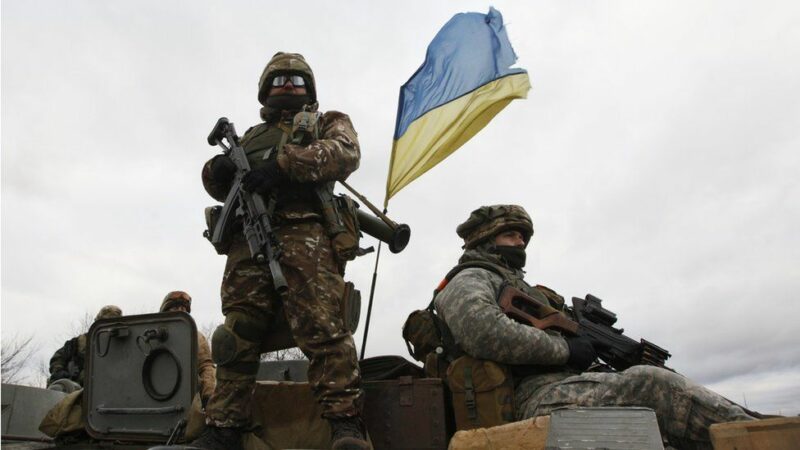Like many Western armies, France put an end to conscription in 1997 (technically only suspended but in fact ended), to turn to an entirely professional army, on a model inspired by Great Britain . This decision was based both on the reduction in the threat following the fall of the Soviet bloc, and on a restructuring imposed by the new missions entrusted to the French armies, largely based on external operations in which conscripts could not participate. As for the protection of the Nation, it was in fact entrusted to deterrence alone, deemed necessary and sufficient to ensure the protection of the national space but also of the vital interests of France, in a peaceful international context. In addition, it made it possible to free up professional resources dedicated until then to the supervision and training of conscripts to join purely professional units, giving the French armies a capacity for international action unparalleled for many decades.
However, Paris did not choose to reproduce the American model which is based on a professional force but also on a large reserve force with the US National Guard (attached to the States) and the US Army Reserve (federal) , preferring the fully professional model with limited reserve forces from Britain. Unfortunately, the years 2000 and 2010, marked by the famous benefits of peace, considerably eroded the capacities of the French armies, the workforce losing more than 100.000 soldiers in ten years, due to successive reforms against a backdrop of budgetary savings. , but also pressure from the French General Staff, reluctant to acquire an additional reserve force and favoring purely professional capacities. It is true that the technicality required of modern combatants far exceeds the level of training of conscripts in the 80s, leading many senior officers and French generals to consider then, and always, that only professional forces are fit to be engaged in a modern high-intensity combat External operations, whether in Mali, Afghanistan or Iraq, effectively tended to reinforce these certainties.

However, since the beginning of the Russian aggression against Ukraine, these certainties have been severely undermined. In effect, an army composed mostly of conscripts and reservists manages to hold its own, and sometimes to take the advantage, against the 70% professionalized Russian armed power, and in particular against its professional elite units. Better still, in the opinion of many specialized observers, the Ukrainian military is showing real ability to embrace engagement doctrines based on small units working in a coordinated manner and making extensive use of very modern capabilities such as the use of drones, to counter the numerical advantage and in terms of firepower of the Russian armies. In other words, these Ukrainian conscripts and reservists, often less well equipped than their adversaries, manage to act with force, determination and efficiency, applying perfectly modern concepts of engagement, and quickly adapting to modern equipment. sent from the West.

75% of this article remains to read,
Subscribe to access it!
The Classic subscriptions provide access to
articles in their full version, and without advertising,
from 6,90 €.
Newsletter subscription
Register for the Meta-Defense Newsletter to receive the
latest fashion articles daily or weekly


[…] […]
[…] certainties about armed conflicts in recent months, whether in particular the supposed superiority of units formed by professionals over units of conscripts or…, the supreme role of aviation on the battlefield , or obsolescence […]